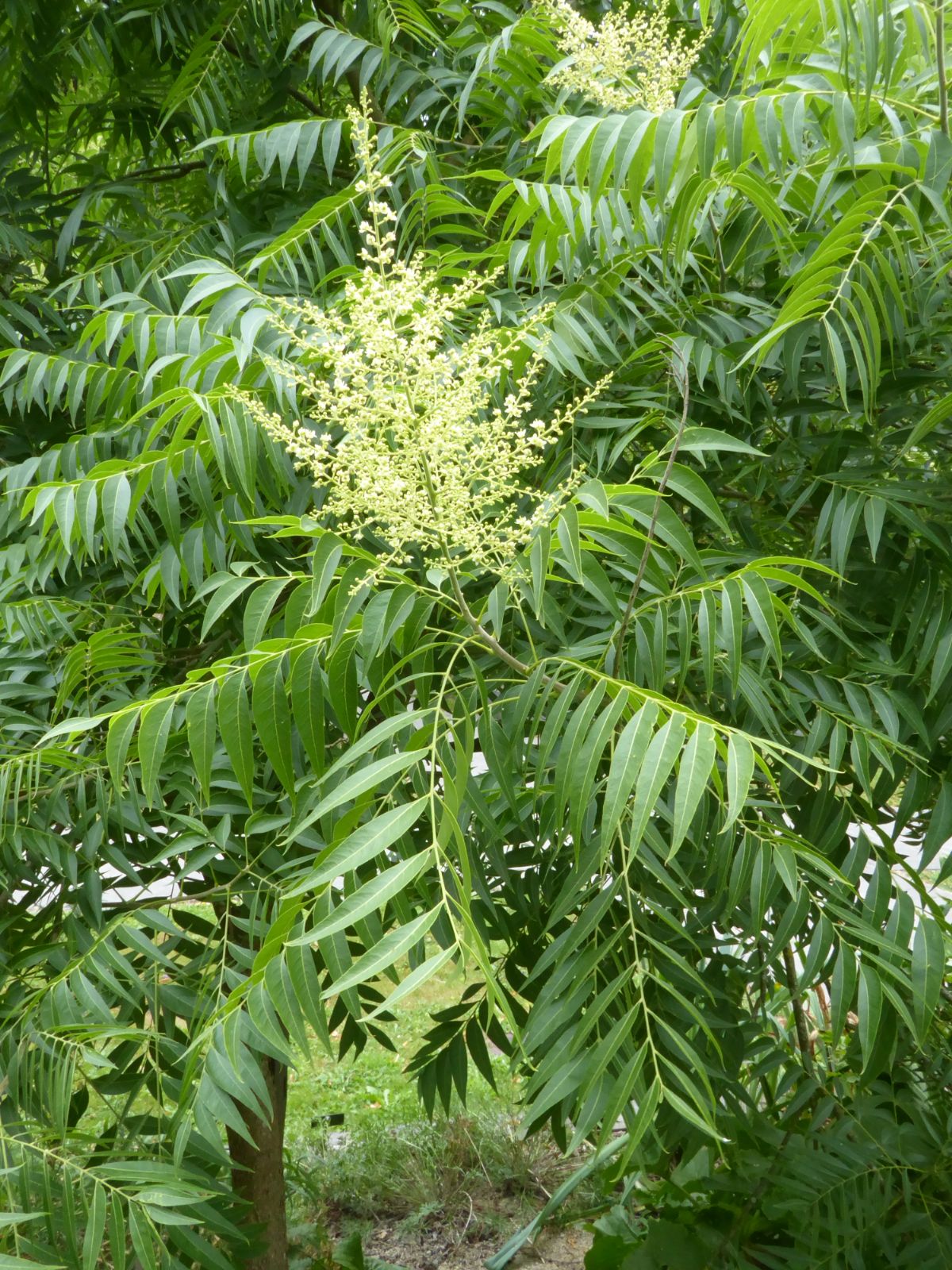Sapindus
Credits
Article from Bean's Trees and Shrubs Hardy in the British Isles
Recommended citation
'Sapindus' from the website Trees and Shrubs Online (treesandshrubsonline.
Family
- Sapindaceae
Common Names
- Soapberry
A genus of about thirteen species of deciduous or evergreen trees and shrubs in both the Old and New Worlds, mostly confined to the tropics and subtropics. Leaves alternate, usually even-pinnate, rarely simple, leaflets entire. Flowers small, unisexual or effectively so, in panicles. Sepals and petals four or five. Stamens eight or ten, inserted inside a fleshy ring-shaped disk. Ovary superior, three-celled, but usually only one carpel developing; style one, with a lobed stigma. Fruit drupe-like. The flesh of the fruits is rich in saponin, which causes it to lather in water, whence the generic name, from Sapo indicus or Indian soap, the fruits of the type-species, S. saponaria L, being used as soap in the West Indies; the specific epithet also refers to this property. The fruits of other species are put to the same use in some parts of the world.
The large family Sapindaceae is mostly tropical and subtropical. For other genera of the family treated in this work, see Koelreuteria and Xanthoceras. An economically important member of the family is Litchi sinensis, which is the source of the fruit known as lychee. The edible part, of grape-like taste and consistency, is an aril produced by the single small seed; the fruits themselves have a brittle, warty covering.

